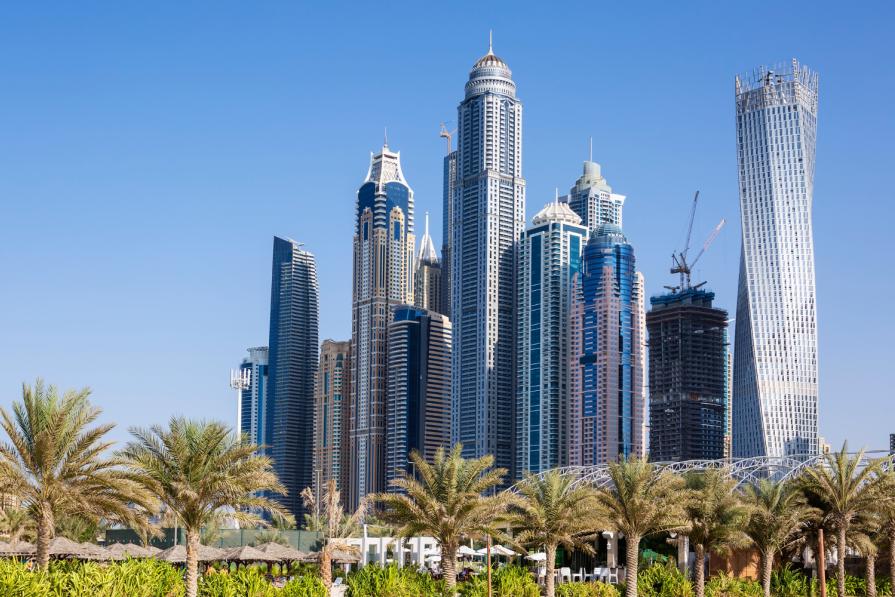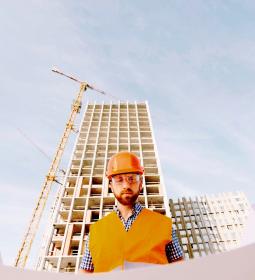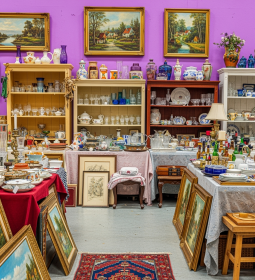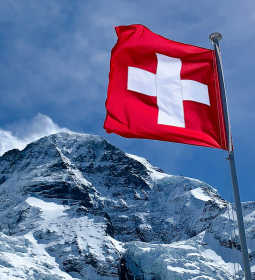Recent years have made Dubai and the Middle East destination in general an extremely popular holiday destination: according to statistics, up to half a million people annually spend their holidays or just time with family or friends in this city and its environs.
At the same time, a paradoxical situation has developed: the same people have already managed to visit Dubai and continue to tell all sorts of fables about it. Sometimes it seems that this is deliberate and due to the need to maintain the legend of Dubai as a fairytale world. However, it is true: what other country, what other city deserves to be legend about it?

Four decades ago, Dubai was a waterless and dry desert, abundantly watered with blood in ancient times and served as a base for pirates in the XIX century. However, with the discovery of oil and the beginning of its full-fledged development in the 70-80s of the XX century, everything changed. Skillfully investing the proceeds from oil production, the rulers of this small state consistently built not only palaces and mosques, but also offices, technology parks, quarters of residential and industrial buildings.
Today, Dubai is in the top 5 in popularity among tourists and ranks third in the global version of this rating. Therefore, we want to dispel some of the most popular myths in order to allow you to look at this city with a fresh and unclouded look, from its best side.
Myth No. 1. Lack of vegetation
In the old days - before the beginning of the transformation - there was really not enough greenery in Dubai, the city fully corresponded to the ideas of the traditional sandy desert. But the situation has changed a long time ago: landscaping has become one of the areas of work of local authorities, and Arab sheikhs spend a lot of money to bring here from different parts of the globe samples of tree and shrub vegetation from different places.
It is green not only in tourist and recreational areas, parks and other special places - almost every administrative building considers it necessary to have its own garden, not to mention dozens of hotels and inns, large shopping and entertainment centers.

How do these plants survive in such conditions? Everything is quite simple: when designing, the smallest details are taken into account, an irrigation system is brought to the plants in advance, supplying the roots with the necessary moisture, and as necessary, full-fledged watering is carried out. At the same time, it cannot be said that water is available here - it is not a cheap pleasure, therefore, a gardener is assigned to each bush and flower bed, who is responsible for the well-being of the flora; He carefully nurtures and protects the wards, and if necessary, the police come to his aid (there are significant fines for walking on lawns or a torn branch in the country).
The project includes the construction of a large indoor botanical garden, which will be able to compete with what is being built in Riyadh, the capital of Saudi Arabia, as well as several skyscrapers, the facades of which will be covered with trees and bushes as part of the concept of vertical gardening.
Myth No. 2. Nowhere to walk
Another common misconception: they say, the most intensively growing Arab metropolis is not intended for hiking at all, it is given exclusively to motorists. But this is fundamentally wrong: the city is cut by dozens of hiking trails - some of them are laid through parks and squares, others pay tribute to restaurants and cafes, other "hot spots", others highlight the most famous and popular shopping outlets among locals and tourists.

Especially noteworthy is the Jumeirah area - or Jumeirah Beach Residence. This is a huge trading city in the city: more than two square kilometers, "stuffed" with hotels, restaurants, equipped with their own harbor and beach, several yacht clubs and about a dozen helipads. Here you can live, relax, and have fun, admiring the picturesque views of the harbor and the light show on the Ferris wheel (the largest in the region and at one time bore the title of the largest on the planet) from the panoramic windows of the hotel room.
Myth No. 3. The city is unbearably hot
Of course, there simply cannot be pleasant weather conditions in the desert. In the summer, the thermometers storm the +40 Celsius mark almost every day - it is not surprising that the local people prefer to travel around the city by car and do not get out into the fresh air during the day.
On the other hand, from October to mid-May, the weather allows you to walk comfortably, and in the evenings even think about warm clothes.

At the same time, Dubai holds the record for the number of air conditioners installed per capita. They are here on buses, at bus stops, not to mention apartments and all office, business and commercial buildings without exception. Accordingly, it is not hot there at all, rather there is a need to take a windbreaker or even a sweater with you.
At the same time, progress does not stand still: the Arab authorities are investing heavily in the development of modern technologies that will make it possible to cause rain and thus not only reduce the temperature momentarily, but also have a long-term impact on the climate. How safe it is is another question...














